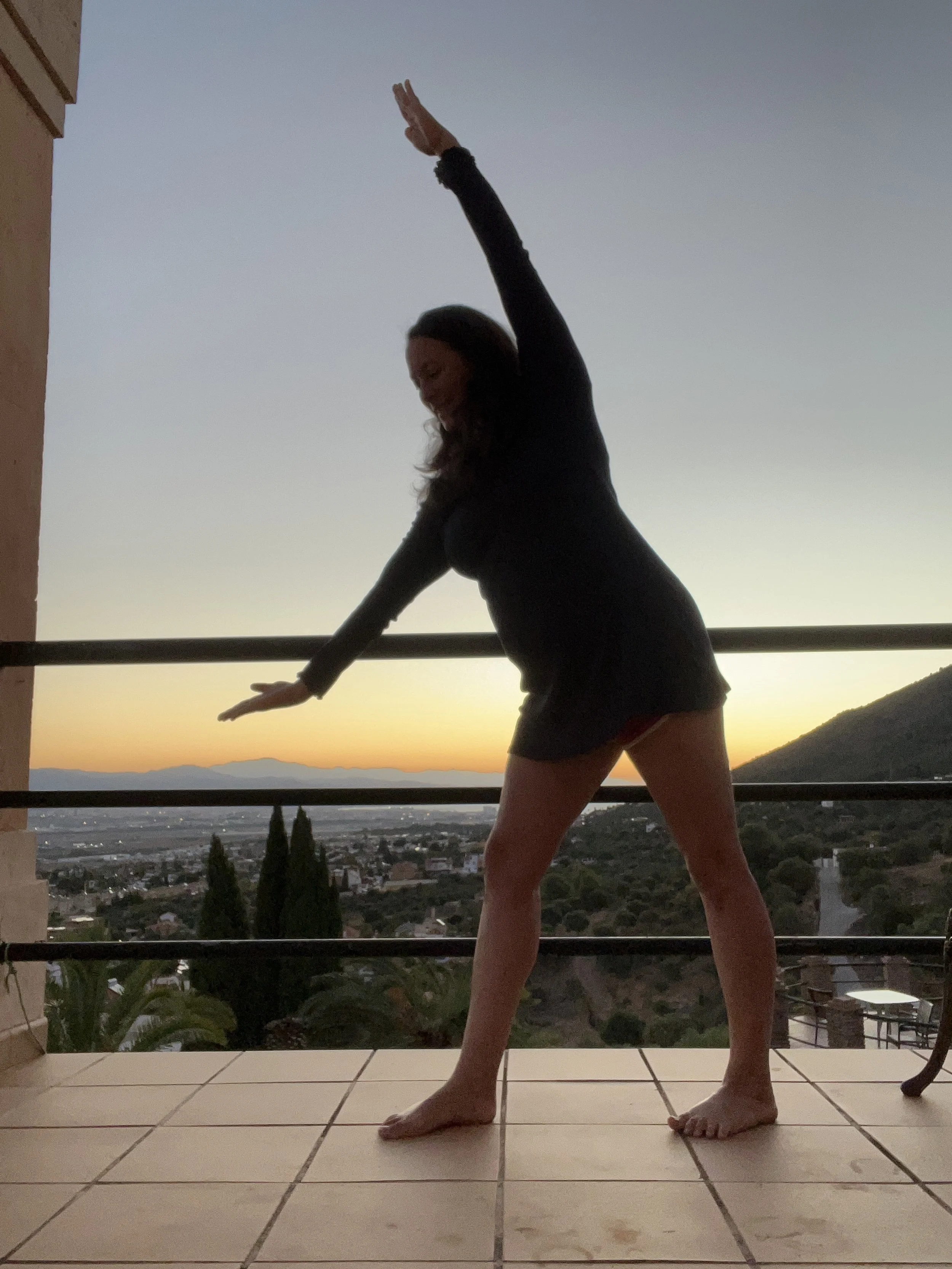
Insights
Pathways to Pain Relief: Insights and Resources for Your Journey
The Secret Sauce of Pelvic Health: Fascia!
When it comes to the pelvis, we often zero in on the heavy hitters—the bones, the muscles, the organs. But there’s this unsung hero quietly holding everything together: fascia. This stretchy, web-like tissue connects every part of your body, and in the pelvis, it’s working overtime to support, stabilise, and move with you.
So, let’s take a moment to give pelvic fascia the spotlight it deserves—because if you’re on a journey toward better pelvic health, this is a game-changer you absolutely need to know about.
What Even Is Fascia?
Fascia is like the body’s scaffolding, hugging muscles, wrapping organs, and keeping everything in place without being stiff or rigid. Imagine a spiderweb crossed with a super comfy hammock—it’s strong, flexible, and always adapting.
The mouth to pelvic floor: an uber cool soft tissue connection
Not only do the mouth and pelvic floor have similar tissue types, but they also share the same embryological origin. That’s right—before we were fully formed, these two areas started from the same place during development. And this connection might explain why something as simple as a kiss can spark a cascade of sensations that lead to arousal—and why relaxing the jaw can help release tension in the pelvic floor.
Inner thighs - The Hidden Link: How Your Adductors Connect to Your Pelvic Floor
The body is a beautifully interconnected system, and the adductors and pelvic floor are just one example of how no muscle works in isolation. If you’ve been struggling with pelvic floor dysfunction, don’t underestimate the power of your inner thighs! By bringing awareness to this connection and incorporating gentle, mindful practices, you can foster greater balance and support for your body.
The Surprising Connections Between Your Eyes and Your Nervous System
When you think about your eyes, you probably picture them as the windows to the world, letting in colors, shapes, and light. But what if I told you they’re also a powerful gateway to your nervous system? Yep, your eyes are doing so much more than just helping you scroll TikTok or spot your next cup of coffee—they’re actually influencing how you feel, how you move, and even how your body heals.
The Secret Life of Breathing: How Your Body Moves Air Like a Boss
Why This Matters (Especially If You’re Dealing with Pelvic Floor Issues)
Breathing isn’t just about staying alive (although, yeah, that’s kind of important). It’s also about managing pressure in your body. If your breathing patterns are off, it can throw off your pelvic floor’s ability to handle the load—literally. That’s why proper breathing techniques are a game-changer if you’re dealing with pelvic floor dysfunction.
So next time you take a deep breath, give a little mental high-five to your diaphragm and its crew. They’re doing a lot more than you think! And if you want to dive deeper into how your breath can support your pelvic floor, come join one of my workshops. Let’s turn your breathing into your superpower! 💪✨
Until next time, keep breathing beautifully!
Abby XX
Using Imagery to hack your nervous system
Find a space - where you can just be for a few minutes - use your ribs to breathe - find 'joy' & 'calm' and spend some time breathing in joy and out calm.
Should I start doing kegels again?
Hypopressives work by using breath and posture patterns to first release the tension and get back a great resting tone and secondly by using our bodies own lift system via our diaphrams and fascia to create a deep lift inside our abdominals that create a traction upwards of our pelvic organs- reducing pressure and allowing our body breathing space to heal.
So, yes you can do traditional kegels again if you want to- but be mindful that you release fully after each squeeze - this can add a little help to creating more support from below the pelvic organs as we use Hypopressives to lift from above.













